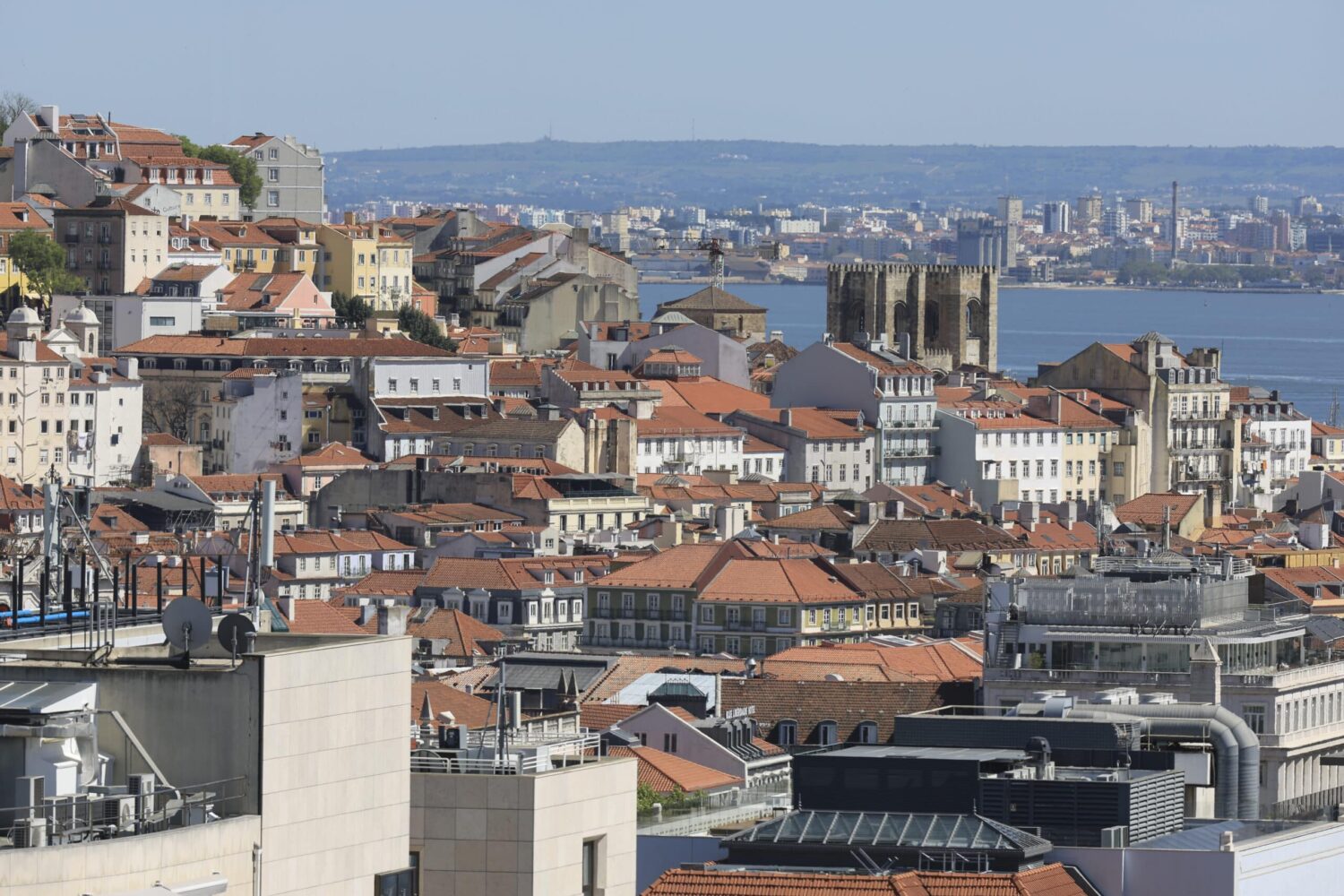Vital European funding to tackle housing crisis “must be spent by 2026”
With the dust settling on the new government’s ‘declaration of intent’ (its four-year programme designed to answer some of Portugal’s most pressing problems), specialists have been explaining the critical requirements of arguably the largest problem of them all: lack of suitable housing for ‘everyday citizens’.
With nowhere affordable to live, people cannot take on jobs they may be offered: businesses consequently suffer, meaning the economy cannot grow. The arguments are easy to understand, but will the policies envisaged by the government be enough to stop the rot?
The price of homes in Portugal has skyrocketed since 2015 (when PS Socialists first ‘took charge’ to stay in power for the next eight years). Compared to the eurozone where prices have increased in that period by 42%, Portugal’s have more than doubled (111%). As European director of the IMF Alfred Kammer admits, this imbalance cannot be corrected quickly – and the situation can only improve if supply increases – meaning, if response to the government’s programme in terms of housing is robust.
Experts like Manuel Reis Campos, president of AICCOPN (Association of Construction Entrepreneurs and Public Works), have ‘the faith’. He sees the programme as “meeting needs identified”. But others in the sector are not so sure.
For example, real estate expert Bento Aires, talking to Dinheiro Vivo, “is hopeful about a programme that has the conditions for more housing to be produced” but thinks “it doesn’t seem like much, given the problem that we have (…) It is clearly assumed at the beginning of the housing chapter that previous policies have failed, and I don’t know if these (new policies) are enough not to fail,” he says.
In Bento Aires’ opinion, the government has focussed “more on the problem of access to housing in quantity, and not on the quality of the existing building stock”.
Getting to that moot point in due course, the issue is that – according to all the experts – the country needs 45,000 new homes to be built every year (no one has so far said at what point building won’t be so crucial).
Last year – as a guide to how far the country lags behind – saw only 32,000 new homes constructed.
To try and bowl through the crisis, the new government promises a programme of public-private partnerships for construction and rehabilitation “on a large scale”. It wants to promote new housing concepts, such as ‘build to rent’ and modular construction and it seeks to inject vacant or underused properties and public land into the market “almost automatically”.
In its document, Luís Montenegro’s executive also admits “flexibility of land occupation limitations and urban densities (including high-rise construction), and the possibility of increasing urban perimeters, among other measures”.
Say reports, the document “doesn’t forget the difficulty young people have in accessing a home of their own and, in response, pledges to support the purchase of a first home by means of a public guarantee for bank financing of the entire purchase price, and exemption from paying IMT and Stamp Duty.
“It also pays attention to the old demands of the construction industry to lower VAT.”
But this programme is just a letter of intent. It has no dates for implementation, or quantification of the cost of the measures – which, in some ways, is ‘good’ (i.e. out will go all the restrictions of the PS’ previous housing policy, as explained in our cover story last week, incentivising investment), but, in other ways, is ‘vague’, as no one can be completely sure the policy will achieve its aims.
For Paulo Caiado, president of the Association of Real Estate Professionals and Companies of Portugal (APEMIP), the government’s programme makes “very important contributions to solving the housing problem in Portugal”.
As he points out in an interview with Dinheiro Vivo, “utilising the margin contained in the tax structure associated with the construction of new homes, supporting young people in accessing their first home, clarifying the importance of having a free market and a controlled market, pacifying the relationship between tenants and landlords, and gaining the trust of investors and landlords” are all important steps.
Tax relief stands out: “It’s important to emphasise how positive the extension of VAT to the minimum rate of 6% (it used to be 23%) on construction work and services is,” agrees Bento Aires.
“New construction will lack quality”
But then there is a ‘rather typical’ Portuguese twist, supplied by intellectuals: is Portugal, in its zeal to accommodate citizens, losing ground in terms of the “exceptional urban thinking” that marked the era of the 90s?
The book Os Grandes Trabalhos e o Desejo da Cidade de Exceção (The Great Works and the Desire for the City of Exception), supported by the Foundation for Science and Technology and coordinated by Paulo Tormenta Pinto, professor of Architecture and Urbanism, and Ana Brandão, researcher on cities and territories, both from ISCTE, is the result of an analysis by researchers of the architectural and urbanistic transformations that took place in Portugal during the years leading up to Expo’98 and the following two decades.
According to the authors, the combined effects of the Covid pandemic, housing crisis, cost-of-living crisis and money available for only a short period of time from Brussels, means that new construction will lack quality.
“From what we can already see, what we have is the return of contracting models associated with design-build, the acceleration of housing construction, ignoring the idea of ‘habitat’ and the city with multiple layers of living. So, between equipment, public space, commerce, etc., we are very focused on building only housing,” said Tormenta Pinto, emphasising that “this new reality is beginning to be visible” in Lisbon’s suburban areas.
“In other words, when Portugal faces the post-Covid housing crisis, it is already lacking some of the technical knowledge that had been accumulated,” he opines.
To young people, families and couples who simply dream of an affordable space close to their areas of work, aesthetics these days are the least of concerns.
Century 21 director Ricardo Sousa has gone as far as suggesting there should be extraordinary financial support for “really vulnerable” households – in other words, those with 50% or more of their net disposable income going on housing – as without including these families in the equation, Portugal will always be ‘on the back foot’, fighting for a quality of life that has been steadily vanishing in spite of all government promises.
House prices increase by average of 8.6% in 2023
The average price of homes sold in Portugal increased by 8.6% in 2023 compared to the previous year, standing at €1,611 per square metre (m2), INE national statistics institute announced this week.
Prices in the areas of Greater Lisbon, Algarve, Setúbal Peninsula, Porto metropolitan area and autonomous region of Madeira are all considerably more than the national average.
According to SIC Notícias, the new figures “show affordable housing is still out of most people’s reach”.
By NATASHA DONN


























